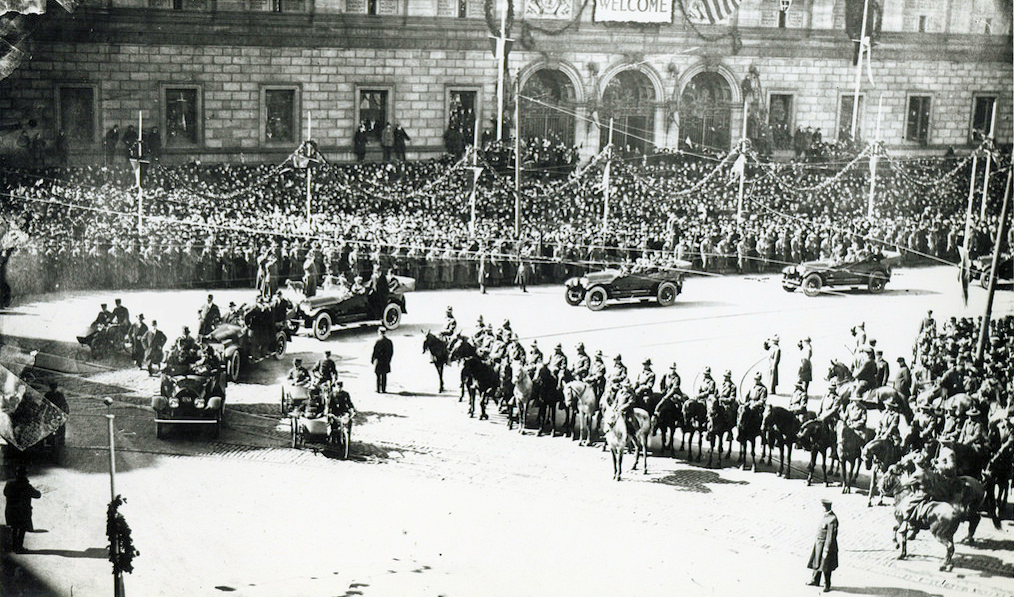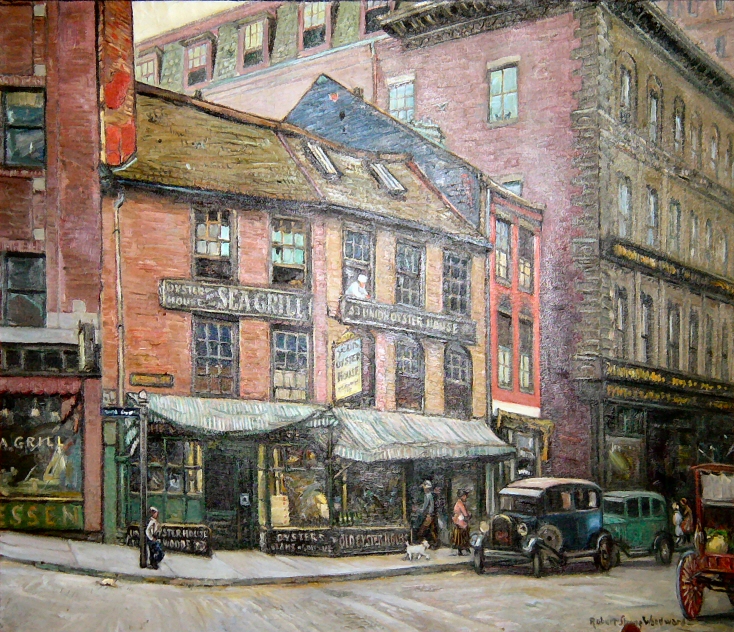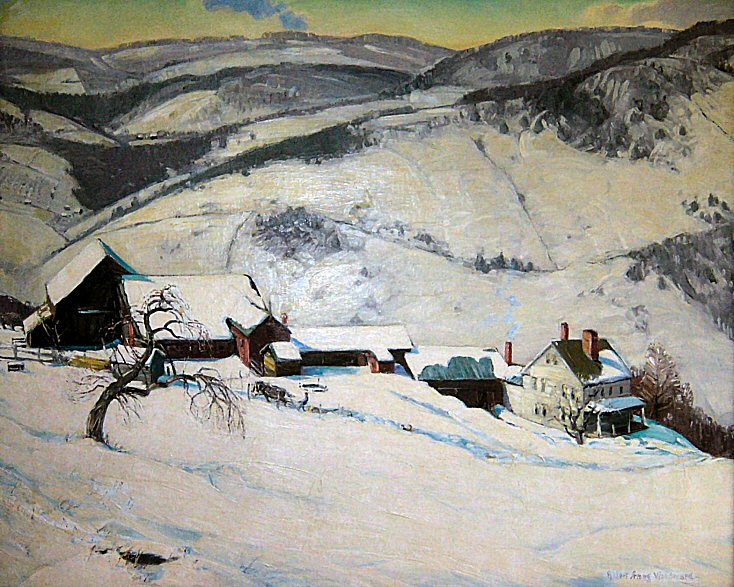The Boston Paintings
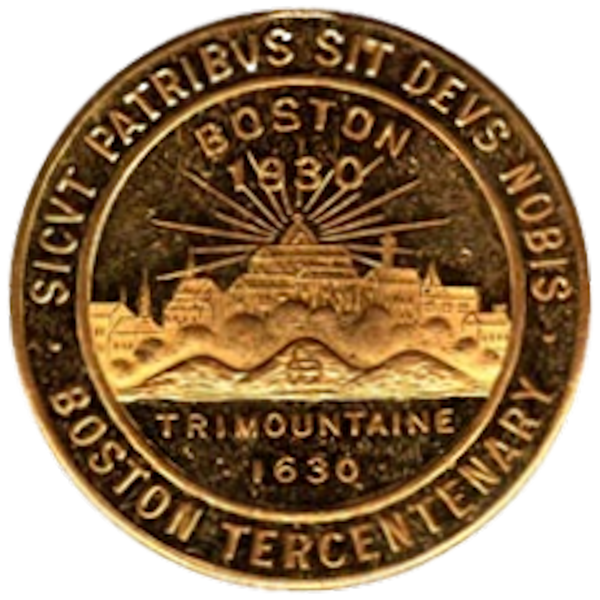
 The official tercentenary coin
The official tercentenary coin
Latin- Sicut Patribus Sit Deus Nobis
Translation - "As a God to us"
In the summer of 1930, for what is best described as a departure for Woodward, he would swap homes with his cousin Florence Haeberle in West Newton to take part in Boston's year-long tencentenary celebration. While there is conflicting evidence of how long he stayed, a newspaper clipping reports that it was just a week and other testimony says it was for a month. We believe he went to Boston to take part in the celebration's Fine Arts and Craft Exhibition held at the Horticultural Hall on Tremont Street. The exhibition drew 45,000 vistors during its seven week run and Woodward was one of 4 recipients of a "Gold Medal" award for his landscape, New England Drama. Interesting enough, on the committee that awarded him the prize was his former instructor at the Boston Museum of Fine Arts School, Phillip Leslie Hale, as well as, a rival with whom he would be marred in a controversy years later, artist John Whorf ( see CountryPiazza for more).
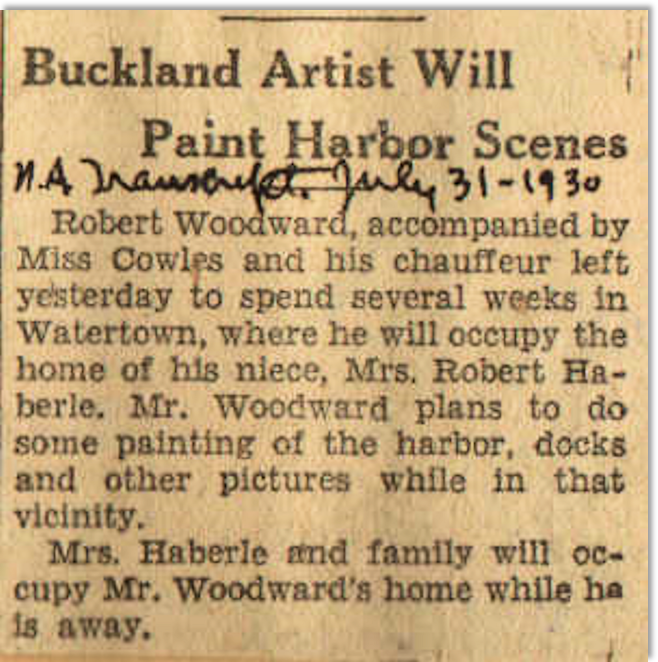
 North Adams Transcript clipping,
North Adams Transcript clipping,
dated July 30, 1930
It was not until recently in reading Woodward's 1932 personal diary that we were aware of just how often he would visit Boston. In 1932 alone he made four trips to Boston and had dinner with art collector John Spaulding on two of those occasions. What makes 1930 unusual, besides the tercentenary celebration and spending any significant time away from his home, was that RSW took time to draw a number of chalks depicting the urban Boston scene we affectionately call the "Boston Paintings." The newspaper clipping headline states that RSW intended to paint harbor scene which he did do. First there is his chalk drawing, On the Waterfront. There is also evidence mentioned in two articles, as well as, family lore, that there is a drawing of a man fishing at the end of a pier. Its name and whereabout are still unknown to us.
Woodward also went to Old Boston, particularly the Hanover Square area, and drew a chalk drawing of the Ole Oyster House on Union Street. He never names the chalk in his diary comments, however, we do know that he made two oil paintings from that chalk. The first was a 27" x 30" he originally titled, "The Oyster House," that later morphed into,"Boston Romance: The Oyster House" for a couple of years and later sold at the Grand Central Galleries Founders' Day Show in NYC as "Boston Romance" and what we now call, Boston Romance: The Oyster House to avoid any further confusion. The other is a 36" x 42" oil he named, In Old Boston. Besides the size, In Old Boston has a number of differences. For one thing, In Old Boston includes a baker in the third floor, center right window, a dog on the sidewalk and mother and daughter after the second parked car, as well as, slight variations of the man and woman coming and going from the storefront (for instance, the man in In Old Boston has newspapers under his arm). In Old Boston would seem to hold a special place in Woodward's heart. It was exhibited only once and was never sold by him. It hung in his home until the time of his death and there after until his estate beneficiary, Dr. Mark Purinton sold it through the annual Boston International Fine Art Show benefiting the Artist For Hunamity, Boston, organization.

 On the Waterfront,
On the Waterfront,
Chalk,
22" x 29"
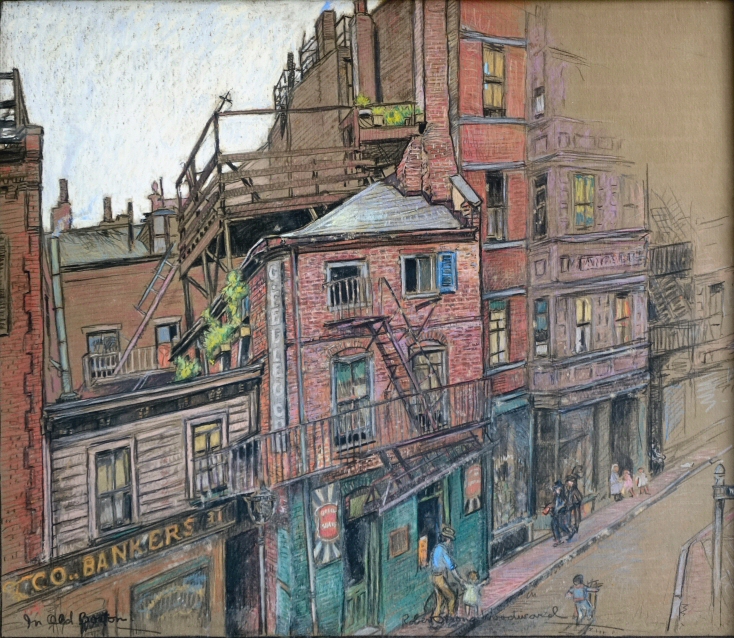
 In Old Boston, Chalk,
In Old Boston, Chalk,
22" x 29"
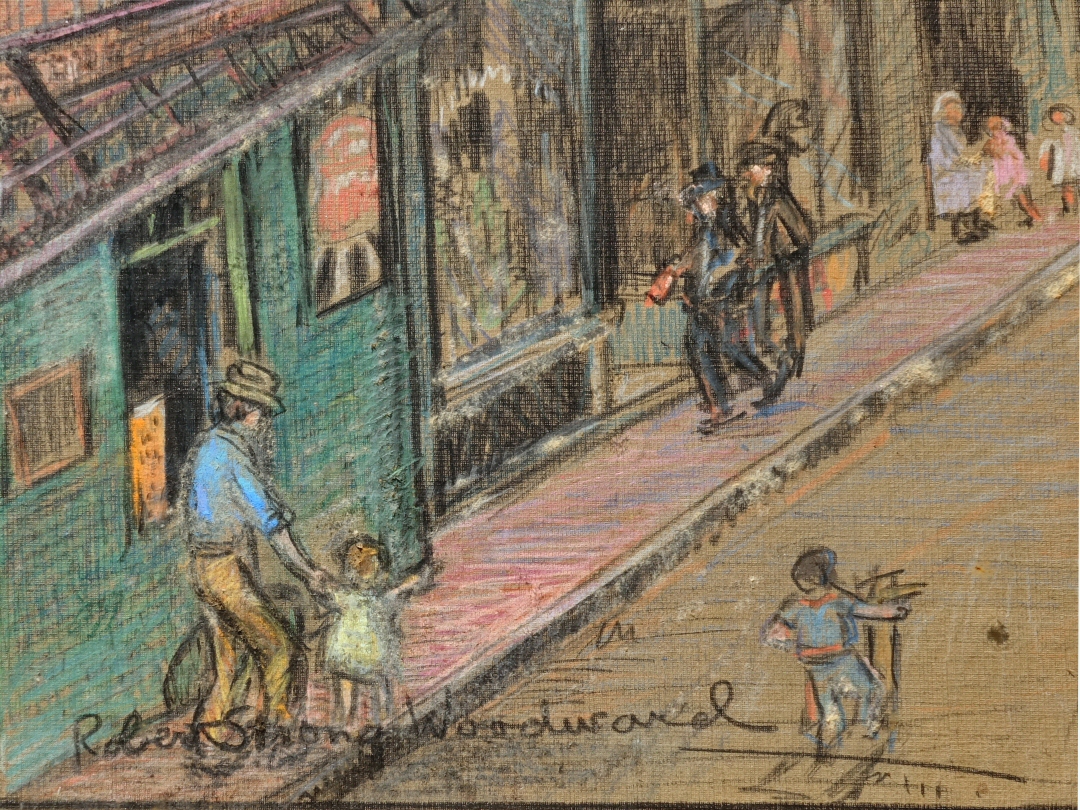
 A closer look at the street with RSW's signature,
A closer look at the street with RSW's signature,
the boy on a scooter, the father-daughter, men and kids
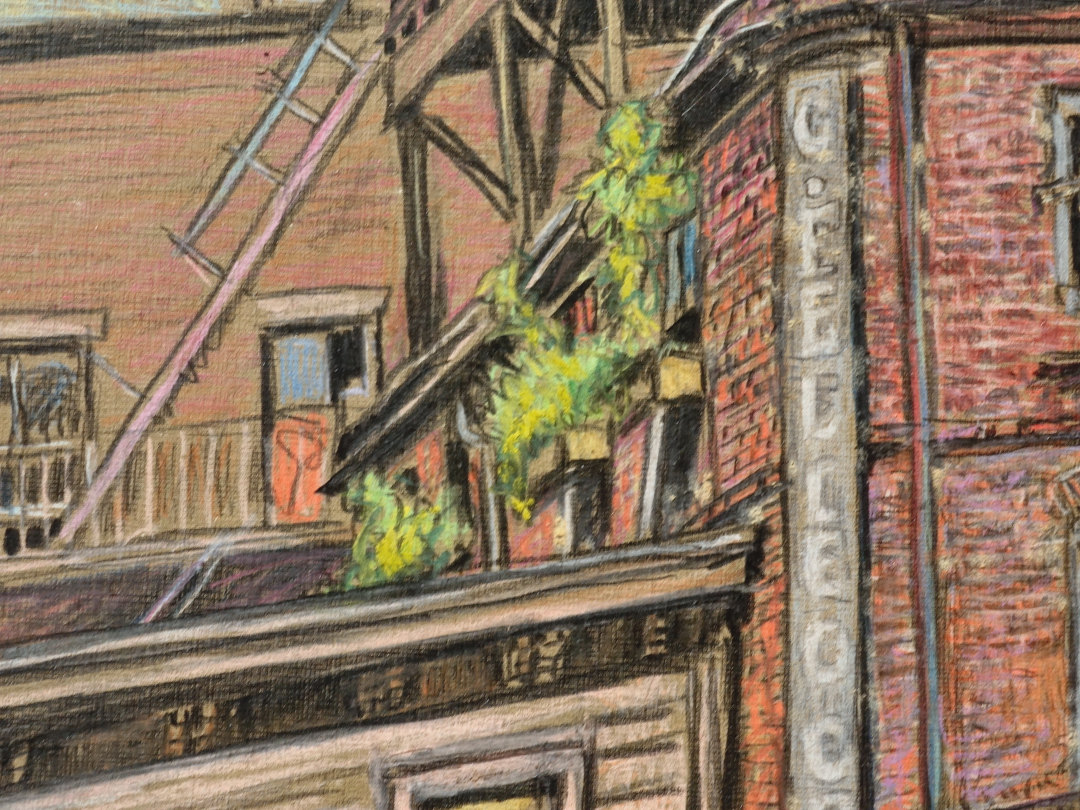
 A closer look at the planters off the roof above
A closer look at the planters off the roof above
Not making things easy on us and for some inexplicable reason, RSW made another chalk, of a completely different scene from old Boston and named itIn Old Boston! It is not inexplicable that he drew another drawing but rather that he named it the same as the 36" x 42" It is not inexplicable that he drew another drawing but rather that he named it the same as the 36" x 42" oil. This drawing depicts more of a scene familiar to Woodward. It is of a neighborhood street that looks a bit old and worn and tattered much like his beloved rural barns. There is a man with his daughter in tow just walking down the street and what appears to be just an ordinary scene. Woodward is noted for avoiding any suggestions of sentiment or romanticism. We do not know what prompted Woodward to paint these scenes of old Boston. In one sense, you could very well suggest that it was a sentimental ode to Boston. The portrayal of the landmark Oyster House is arguably a romantic notion of Boston.
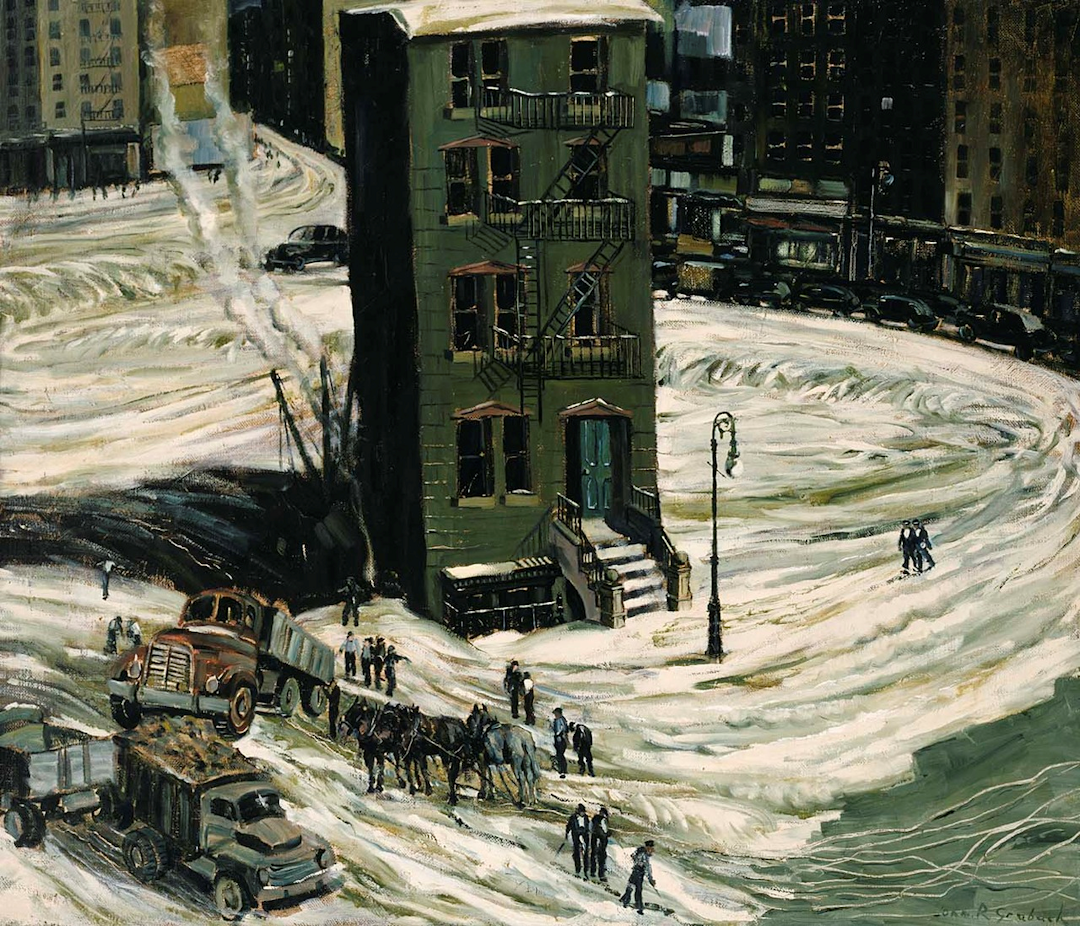
 Ashcan artist, John R. Grabach,
Ashcan artist, John R. Grabach,
The Lone House, 1929
However, we wonder if RSW wanted to explore and experiment with a style of art known as the Ashcan. Ashcan is best known for works portraying scenes of daily life in New York, often in the city's poorer neighborhoods. Though not a formally organized, the Ashcan movement drew from a growing and spirited political rebellion of the time. From Wikipedia's Ashcan page, "Robert Henri, in some ways the spiritual father of this school, '...wanted "Robert Henri, in some ways the spiritual father of this school, '...wanted art to be akin to journalism... he wanted paint to be as real as mud, as the clods of horse-shit and snow, that froze on Broadway in the winter.'" As you could imagine, Woodward must have had a great appreciation for this approach. In many ways, he seems to strive for the same results in his rural portraits. The Ashcan School is considered a style of realism for its emphasis being more on people in their natural environment. People were hardly ever the focus of RSW's compositions.
Woodward's attention was often on the coexistence of nature in relation to the presence of the people living in it, the entire environment, the
landscape, the season, the weather... all occurring naturally. Ashcan really seems like a movement RSW could try his hand at, get behind. That notwithstanding, In Old Boston, Chalk appears unfinished. It is
named, written in his hand on the lower left. What's more is it is signed! Woodward simply did not sign anything that was not unfinished or up to his standards. Contrarily, we also do not have any other example of him
leaving actual structures undone. Was this in itself a statement demonstrating a fading interest in the effort? That ultimately the inner-city landscape was all man-made and did not contain enough nature to hold his
interest? That urban plight was of its own making contrary to nature? It is hard to be sympathetic for such a subject. Reportedly, from this chalk, RSW made a 40" x 50" oil painting titled,
Old Boston.We know nothing about the painting other than its name. We have no pictures of it, RSW did not remark on it in his painting diaries, nor
do we know its whereabouts. We do, though, wonder if it is complete.
There is one Boston painting remaining. As with Old Boston, we know nothing about the painting other than its name,
and that it exhibited three times in 1931. Its name, Boston; Old and New, fills us with so much curiosity! What could the subject possibly be? We
hope to someday find out.
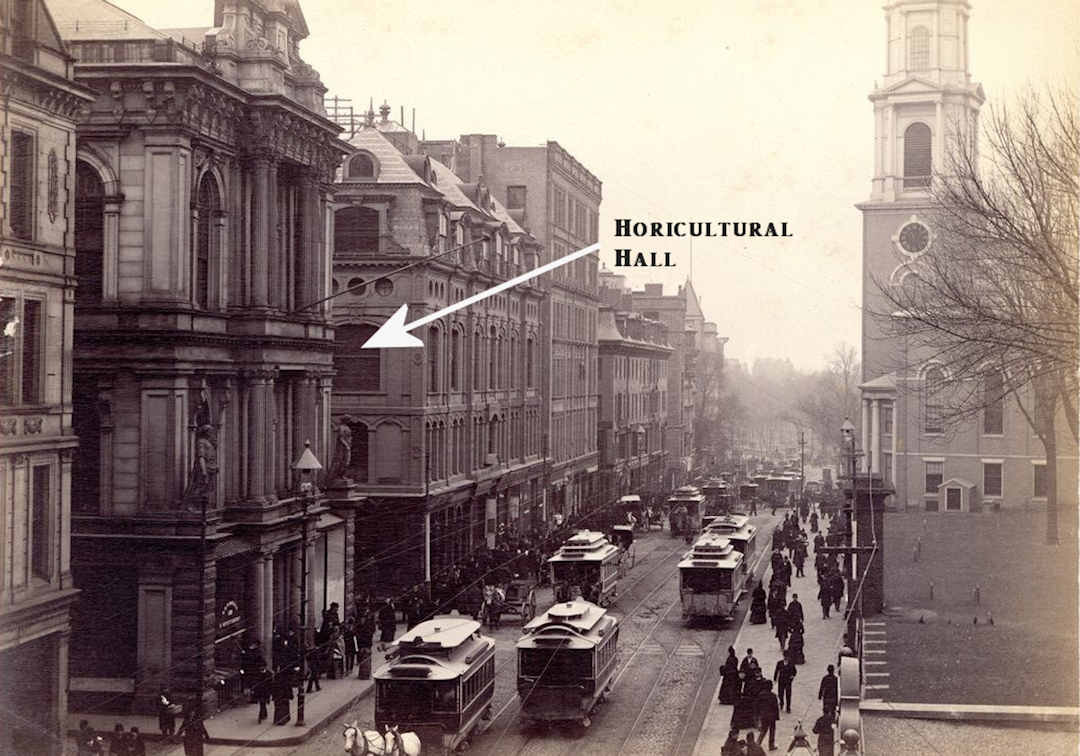
 Boston's Horticultural Hall on Tremont Street
Boston's Horticultural Hall on Tremont Street
Woodward's 1930 Boston stay is a departure for him for so many reasons: (1) he rarely stayed anywhere for any extended period of time because of the difficulty and expense. (2) In all the years of traveling to Boston to network or collect supplies, these are the ONLY examples of him featuring Boston in his work! (3) The questions surrounding In Old Boston; Chalk addressed above (4) and with that, the chalk drawing of the Ole Oyster House from which he made two oil paintings, appears to be a romantic endeavor of nostalgia and sentiment for which he rarely indulged leaves us with so many questions and few answers. All we have is our educated guesses based on what we do know about him. For instance, his connection to Boston runs long and deep. His single greatest childhood dream, up until he actually did it, was attending the Boston Museum of Fine Arts School. And though that did not work out, Boston was integral in launching his career in 1918, as well as, rescuing him from near financial ruin by revitalizing his career with his1926 One-Man Show at the Ronald Lyman residence.
What is more compelling was a small point of contention that arose from the Tercentenary exhibition. While New England Drama, drew much praise from Boston area critics, ".....a sturdy well-fixed little farm house under a huddle of fluent hills, is epical and stirring." [F. W. Coburn, Boston Herald, May, 1925] prominent New York critic, Royal Cortissoz, while generally admiring it, found it "painty" in its distant hills. A criticism RSW took exception too. In what initially looks to be a bit of an over reaction on RSW's part looks clearer given the greater context of things... At the time, Woodward was negotiating his first One-Man Show in New York City to be held at the Grand Central Galleries. What adds to the story is that RSW had been shut out of New York since his tragic Redgate fire spoiled his planned 1923 One-Man Show to be held at the MacBeth Gallery in NYC. Given this context, we wonder if RSW making these unusual gestures was an attempt at damage control? It is something we may never know, but the question needs to be asked.
Furthermore, in the simplest terms, the Tencentenary Arts and Craft Show would be the largest event of Woodward's career to date. The show would be attended by over 45,000 people in the span of a month. This and the fact that he was one-of-four artist to receive award honors could suggest he went to revel in the attention and take a bit of a victory lap. Just four years prior, he was on the verge of ruin and now with this event and his future success in NYC. He would be on firm footing for the remainder of his life. In the end, this looks to have been a great gesture of love and respect for Boston and what it meant to him. FOR MORE on Woodward's "romance" with Boston, please visit our Scrapbook page, BOSTON ROMANCE
Other Related Links Specific to this Page: See Also... |
